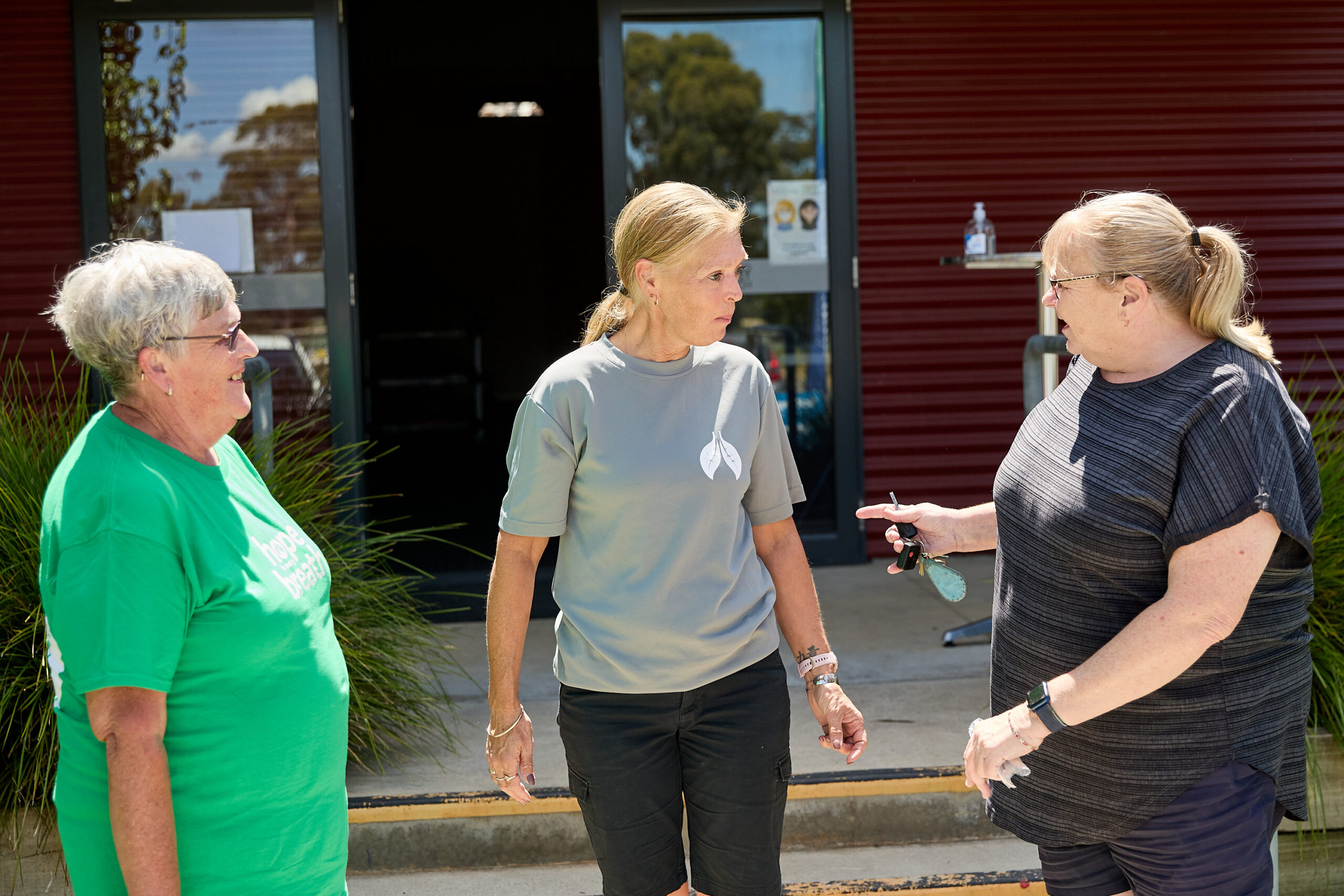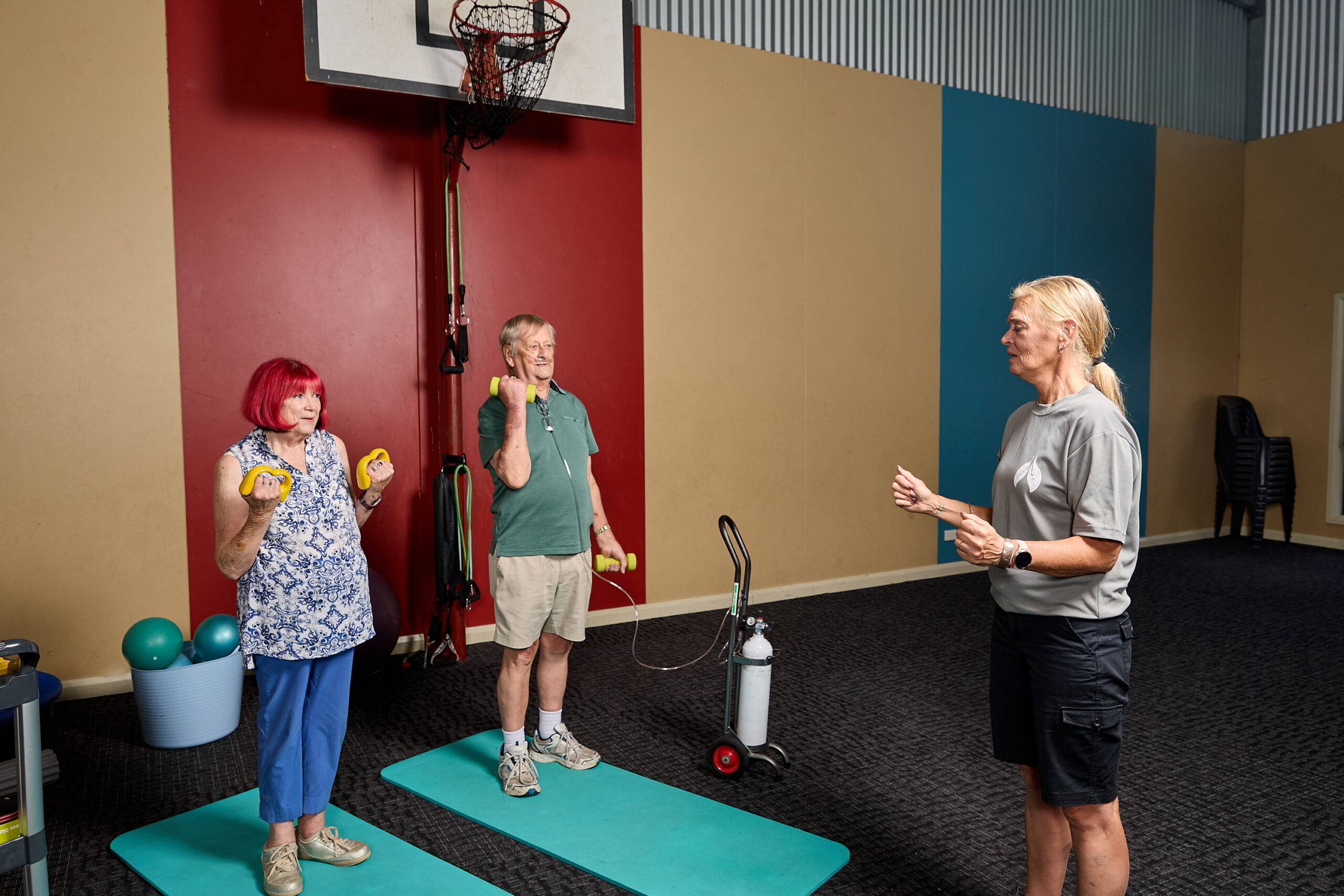Assessing Exercise Capacity
Assessing exercise capacity in PR patients is important because it allows the health professional to:
- Determine the level of functional impairment and activity limitation.
- Determine the factors that limit exercise capacity.
- Provide information that will guide exercise prescription.
- Identify oxygen desaturation during exercise and aid prescription of supplemental oxygen during training.
Assess for O2 supplementation - Evaluate the effectiveness of rehabilitation in altering exercise capacity and exertional dyspnoea.
Exercise capacity should be measured as part of the initial assessment for entry into a PR program. To evaluate the effectiveness of the program in relation to exercise capacity, the same assessment should be repeated at the completion of the program.

Exercises
Three commonly used and validated field tests of exercise capacity for patients with chronic disease are:
The 6MWT is the test most widely used in Australia. For details of tests and technical standards see (Singh , et al., 2014)5 and (Holland, et al., 2014).6

Other Tests of Exercise Capacity
Laboratory Tests
Laboratory tests of exercise capacity, such as incremental cycle ergometry or constant work rate cycle endurance tests, may also be used. These tests provide detailed physiologic measurements that are useful for assessing the cause of exercise limitation and prescribing exercise. Constant work rate tests are responsive to changes in exercise capacity following PR. However, these tests require complex equipment, are costly and not available outside specialist centres. Laboratory tests are beyond the scope of the toolkit, however further information can be obtained from (American Thoracic Society; American College of Chest Physicians, 2003)12 and (Laviolette, et al., 2008).13
Strength Tests
Sit-to Stand test for lower limb strength:
- Chair seat to be 48cm.
- Chair to be placed against wall.
- Arms to be crossed over chest.
- Allow 1 x Sit to stand for practice.
- Instructions: Stand up and sit down as quickly as possible 5 times, keeping your arms folded across your chest.
Measurement: - Stop timing when the participant stands the 5th time.
Perform test once only (no practice test required).
For further details, see ACSM s Guidelines for Exercise Testing and Prescription.
Upper Limb Tests
A number of upper limb assessment tools are available, such as the incremental unsupported upper limb exercise test and the grocery shelving task . These tests are reliable and sensitive to change, however the minimal important difference has not been established. Upper limb tests are not routinely performed in PR. For further details, see (McKeough, et al., 2016).14


